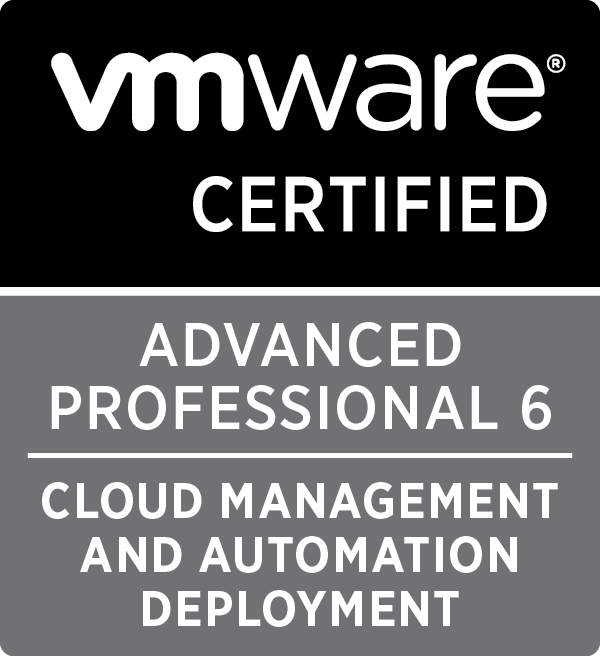Tag : VCAP6

Written by Christopher Lewis on February 7, 2017 .
This post is a part of a series of posts for preparation for the VCAP6-CMA Deploy exam. In this post we walkthrough how to configure a vRealize Automation 6 Advanced Services Endpoint for vCenter Server
VMware vRealize Automation vRealize Orchestrator VCAP6 VCAP6-CMA

Written by Christopher Lewis on February 7, 2017 .
In this post we cover VCAP6-CMA Deploy - Objective 6.1: Configure Advanced Service Designer
VMware vRealize Automation vRealize Orchestrator VCAP6 VCAP6-CMA

Written by Christopher Lewis on February 7, 2017 .
This post is a part of a series of posts for preparation for the VCAP6-CMA Deploy exam. In this post we walkthrough how to configure a vRealize Automation 6 Advanced Services Endpoint for Active Directory
VMware vRealize Automation vRealize Orchestrator VCAP6 VCAP6-CMA
VCAP6-CMA Deploy - Objective 5.2 - Modify a Blueprint to invoke a Workflow during a Lifecycle Change

Written by Christopher Lewis on February 7, 2017 .
In this post we cover VCAP6-CMA Deploy - Objective 5.2 - Modify a Blueprint to invoke a Workflow during a Lifecycle Change

Written by Christopher Lewis on February 7, 2017 .
In this post we cover VCAP6-CMA Deploy - Objective 4.3: Manage Custom Properties and Build Profiles

Written by Christopher Lewis on February 6, 2017 .
In this post we cover VCAP6-CMA Deploy - Objective 4.2: Publish a Machine Blueprint to a Service Catalog

Written by Christopher Lewis on February 5, 2017 .
In this post we cover VCAP6-CMA Deploy - Objective 4.1: Create and Configure vRealize Automation Machine Blueprints

Written by Christopher Lewis on February 5, 2017 .
In this post we cover VCAP6-CMA Deploy - Objective 5.1: Configure vRO for vRA
Written by Christopher Lewis on January 29, 2017 .
This post is a part of a series of posts for preparation for the VCAP6-CMA Deploy exam. In this quick post we will walkthrough how to deploy the external VMware vRealize Orchestrator 6.x Appliance.
VMware vRealize Automation vRealize Orchestrator VCAP6 VCAP6-CMA

Written by Christopher Lewis on January 28, 2017 .
In this post we cover the VCAP6-CMA Deploy - Objective 1.3: Deploy and Manage vRealize Automation Center Infrastructure Components
- Introducing the Super Metrics Repository
- Creating Super Metrics for Counting Ascendent/Descendent Object Metrics in a List View
- Creating a Custom Resource Action - Part 1: Getting Started & API Discovery
- Operating a Private Cloud - Part 3: Creating a Pricing Card in VMware Aria Automation
- Operating a Private Cloud - Part 2: Creating a Pricing Card in VMware Aria Operations
